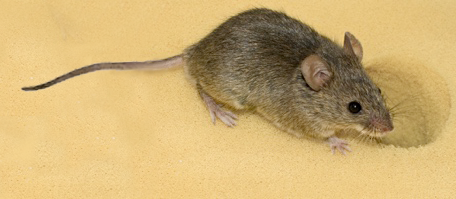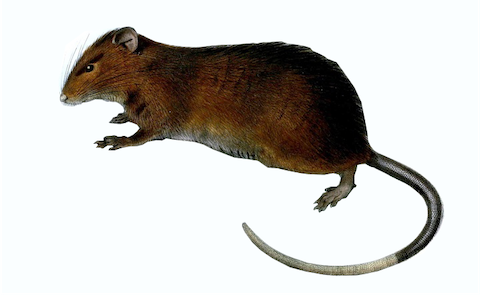IL36G-producing neutrophil-like monocytes promote cachexia in cancer.
Abstract
Most patients with advanced cancer develop cachexia, a multifactorial syndrome characterized by progressive skeletal muscle wasting. Despite its catastrophic impact on survival, the critical mediators responsible for cancer cachexia development remain poorly defined. Here, we show that a distinct subset of neutrophil-like monocytes, which we term cachexia-inducible monocytes (CiMs), emerges in the advanced cancer milieu and promotes skeletal muscle loss. Unbiased transcriptome analysis reveals that interleukin 36 gamma (IL36G)-producing CD38+ CiMs are induced in chronic monocytic blood cancer characterized by prominent cachexia. Notably, the emergence of CiMs and the activation of CiM-related gene signatures in monocytes are confirmed in various advanced solid cancers. Stimuli of toll-like receptor 4 signaling are responsible for the induction of CiMs. Genetic inhibition of IL36G-mediated signaling attenuates skeletal muscle loss and rescues cachexia phenotypes in advanced cancer models. These findings indicate that the IL36G-producing subset of neutrophil-like monocytes could be a potential therapeutic target in cancer cachexia.
| Authors: | Hayashi Y, Kamimura-Aoyagi Y, Nishikawa S, Noka R, Iwata R, Iwabuchi A, Watanabe Y, Matsunuma N, Yuki K, Kobayashi H, Harada Y, Harada H, |
|---|---|
| Journal: | Nat Commun;2024Sep12; 15 (1) 7662. doi:10.1038/s41467-024-51873-x |
| Year: | 2024 |
| PubMed: | PMID: 39266531 (Go to PubMed) |


